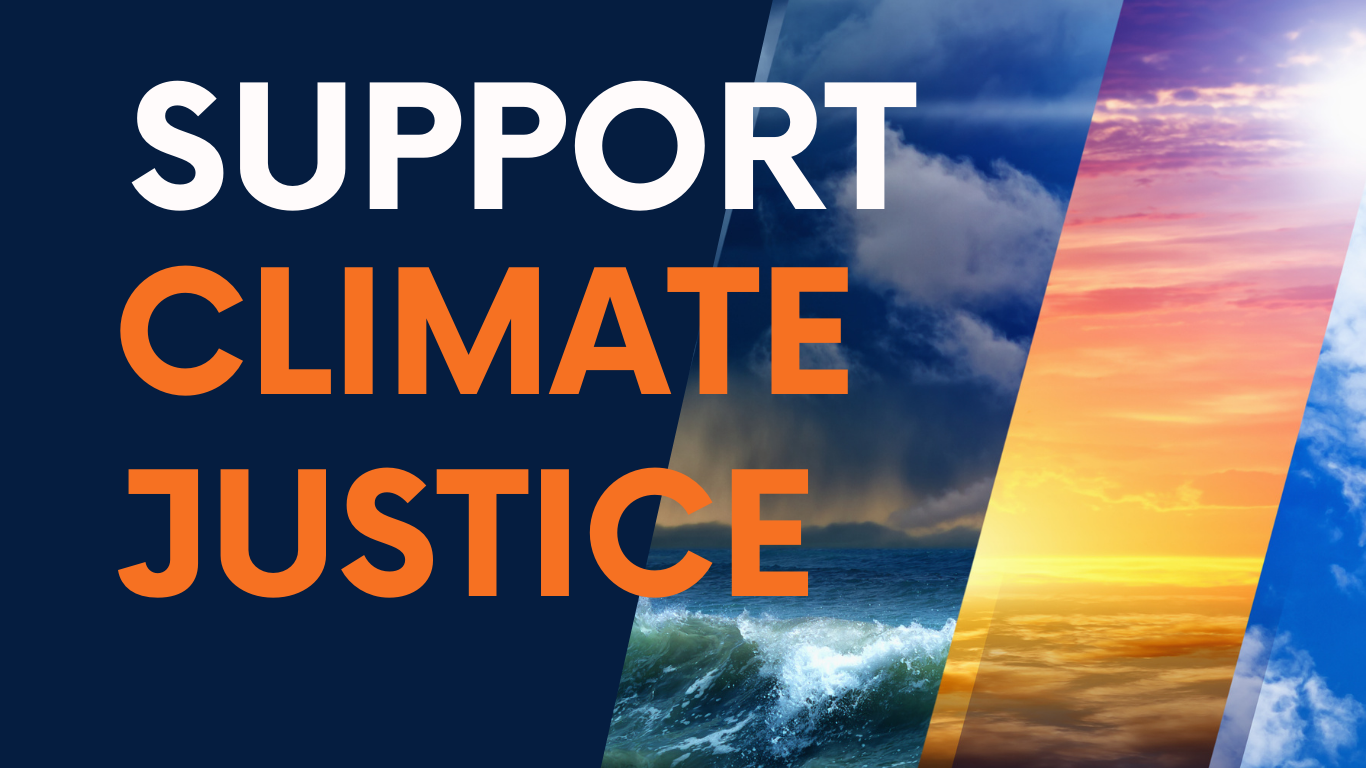by Climate Spotlight Staff
Climate change is a proven driver of extreme and unusual weather events. In 2023, the world experienced its hottest year, with deadly floods, and fatal wildfires. Let’s take a snapshot of some of the climate change-fueled impacts this year.
January
The seventh warmest January in the 174-year global record was marked in 2023. “The average global land and ocean surface temperature for January 2023 was 0.87°C (1.57°F) above the 20th-century average of 12.0°C (53.6°F),” according to NOAA’s National Center for Environmental Information.

In the US, there was a record number of tornados – 168 to be exact, according to accuweather.com. This number is more than triple the historical average for January.
February
A multi-day ice and sleet event occurred across much of North and Central Texas on Monday, Jan 30 through Wednesday Feb 1st. According to the National Weather Service, this resulted in several hundred traffic accidents across the region due to icy roads and highways. They reported that the “significant event” impacted most of Texas and the South Central US.

March
The longest-living tropical cyclone in Earth’s history was recorded in March 2023. Freddy started its voyage off the coast of South Indonesia on February 6. Rapidly intensifying the following day to category one, and on February 11 to a category three – barreling its way towards Madagascar, making landfall on February 21.
It then moved towards Mozambique and made a first landfall on February 24, before doubling back on its path, restrengthening to the category one storm again, and making a second landfall in Mozambique on March 11.
The month-long storm is the longest ever recorded, with Cyclone Eline/Leon in February 2000 as the only storm to follow a similar path.

April
Heat waves in Asia across Bangladesh, Laos, Thailand, and the Mediterranean in Spain and Morocco were recorded in April of this year. According to the BBC, ” soaring temperatures caused deaths in some countries, melted roads, and left many people in hospital.”
Stroke cases in at least 150 schoolchildren in the Philippines were recorded, with usually high temperatures being recorded in China, Indonesia, and Singapore.

May
Cyclone Mocha hit Myanmar and Pakistan in May of this year. The powerful storm with maximum sustained winds of up to 250 km/h, made landfall near Sittwe City on 14 May 2023. It is recorded as one of the strongest to hit the country. Approximately 1.6 million people were impacted by the storm according to the United Nations.

June
Smoke from wildfires in Canada blanketed large portions of the northeast United States before spreading farther south and west. This causes hazardous air quality alerts in many states.

Record heat was felt in India in June month leading to several power outages. A precursor of what was to hit the world the following month. A total of 170 deaths were recorded in India during June’s heat.

Small island states across the Caribbean also began experiencing hotter days.
July
Earth had its warmest July in 2023, according to NOAA’s assessment of Global Climate for that month. The highest monthly sea surface temperature was also cited in July 2023. A new high in the Earth’s 174-year history.

The Caribbean Islands experienced their warmest July also. In Belize, a series of heat waves broke numerous country records during this period.
The Atlantic “Main Development Region” experienced its warmest July to date. This region of the tropical Atlantic Ocean basin extends from offshore the west coast of Africa to the westernmost sections of the Caribbean Sea. The potential for Tropical system development is high and closely monitored in the area.
August
Over 100 people died in Maui, Hawaii in what is said to be the deadliest wildfire to engulf the island to date in August of this year. Entire communities were reduced to ash. “When the air is hotter it can hold more water vapor, so that means you get more water evaporating from plants, and that dries them out,” Jeff Masters, a meteorologist for Yale Climate told Time.

September
Heavy rain generated from a Mediterranean Cyclone named Daniel dumped heavy rains on Libya on September 10th and 11th. Over 4000 thousand people were killed as a result of the subsequent flash flooding. Still over 10,000 persons remain missing. Near 25 % of the Libyan port city of Derna was destroyed by the torrent of water and mud following the failure of two dams located upstream from the city.
Daniel resembles a tropical storm led some meteorologists to dub it a “medicane” (a portmanteau of a Mediterranean hurricane). Whatever the name given the storm brought unusually heavy rains which were fueled by usually warm sea-surface temperatures in the Mediterranean Sea. These heavy winds and rains peaked over Libya on September 10.

October
A week before making landfall, meteorologists believed Hurricane Otis would peak as a weak tropical storm and remain offshore. In just 24 hours, the storm underwent an explosive rapid intensification – churning toward Mexico’s Pacific coast. It made landfall in Acapulco as a category 5 hurricane – taking the record for the strongest landfalling Pacific hurricane to date.
Hurricane Otis teaches a lesson about rapid intensification, according to the Bulletin of the Atomic Scientists, Otis made landfall at 13 times more destructive potential than was forecasted. For a region of Mexico that had never experienced anything stronger than a category 1, getting hit by a cat-5 with little to no warning has led to severe consequences.
Not an earthquake. A category 5 hurricane. #Otis #Acapulco (via @mendezraq) pic.twitter.com/gAEV4JiGdt
— John Morales (@JohnMoralesTV) October 25, 2023
November
An “above-average” Atlantic Hurricane Season was experienced this year. There were 20 named storms, 7 hurricanes, and three major hurricanes. The two major Atlantic storms which caused the most loss of life were both unnamed. On June 2 – 3 a tropical disturbance formed in the southwestern Caribbean which would dump heavy rains for Haiti. The resulting flooding killed 51 people and left 18 others missing. On November 17-18 another tropical disturbance near the Caribbean brought rain over Haiti, the Dominican Republic, Jamaica, and eastern Cuba. This storm killed 24 people.
There's been some really serious flooding in the #DominicanRepublic today 👀👀pic.twitter.com/TdgtU8wlL8
— Volcaholic 🌋 (@volcaholic1) November 18, 2023
Only one major Atlantic hurricane made landfall in 2023: Hurricane Idalia. It struck Florida on August 27 as a Category 3 storm with 125 mph winds. The other hurricane made landfall in 2023: Hurricane Tammy, which hit Barbuda (population 1,600) in the Leeward Islands on October 22 as a Category 1 storm with 85 mph winds.

December
Heavy rains categorized as tropical storm conditions in December caused flooding and power outages over the US. “It’s not just the areas that we normally see flooding, that are flood-prone,” Jackie Broach, a spokesperson for Georgetown County, South Carolina, told The Associated Press.
Unexpectedly fridge temperatures in China resulted in rare snowfall in its southern provinces. The temperature dropped to as low as 8 degrees Celsius (46.4 Fahrenheit) for Guangzhou. Compared to the province’s typical early winter temperatures that hover in the double digits.








